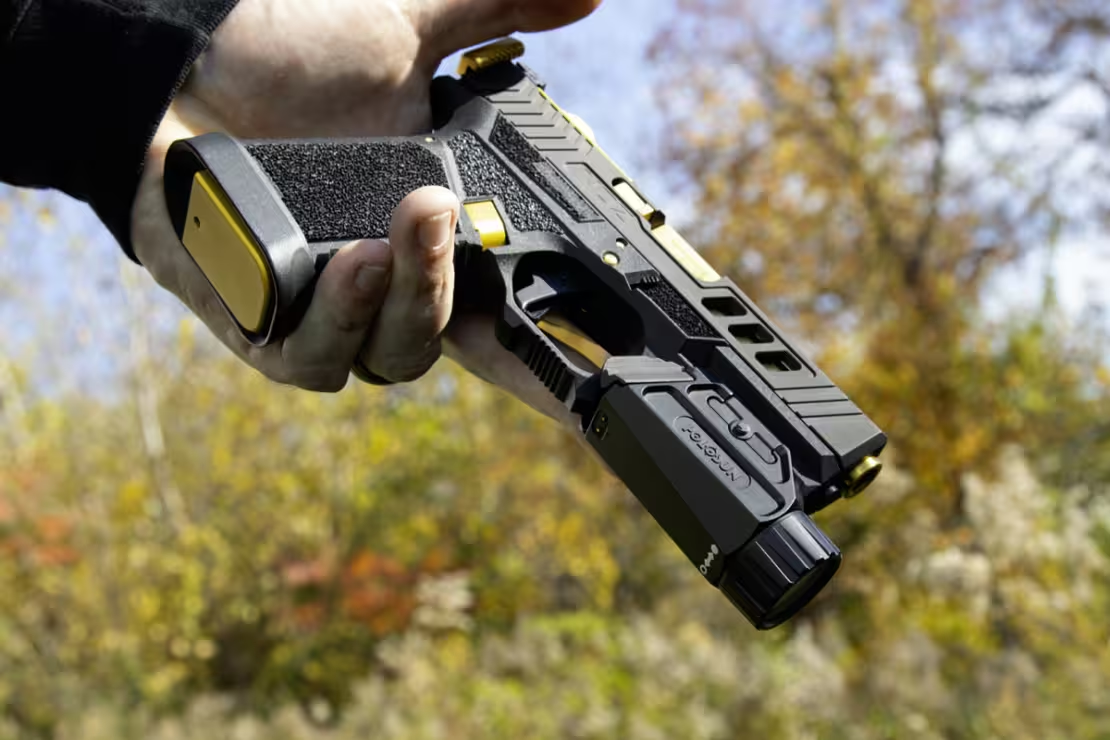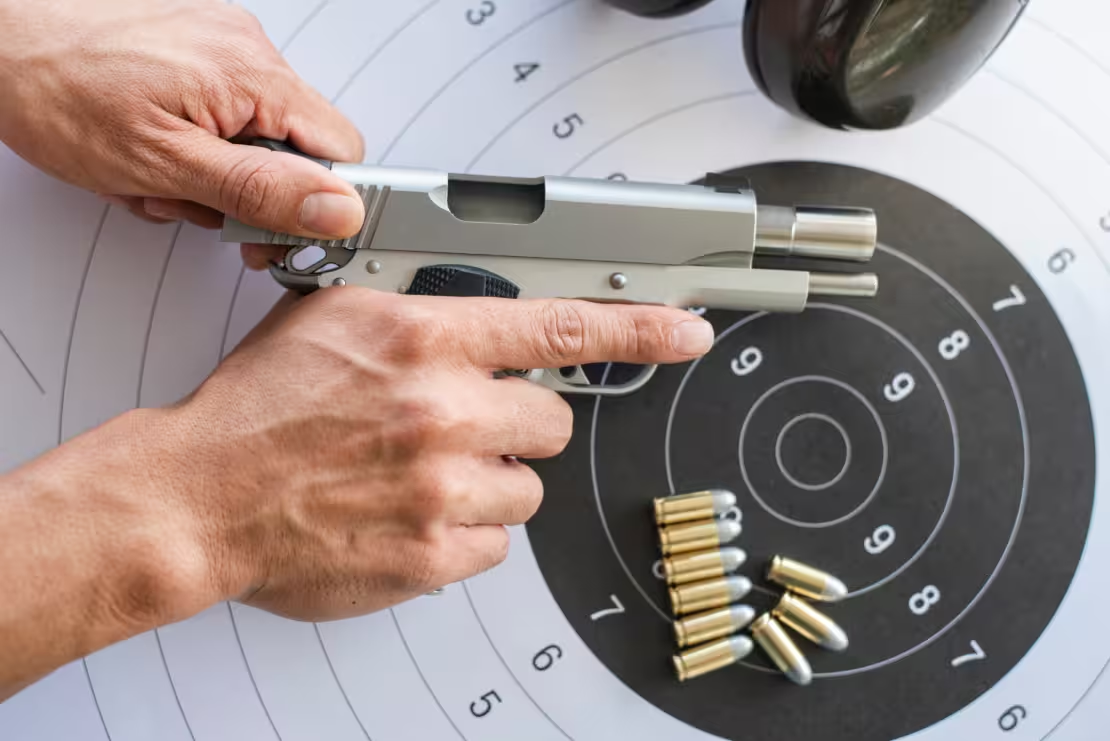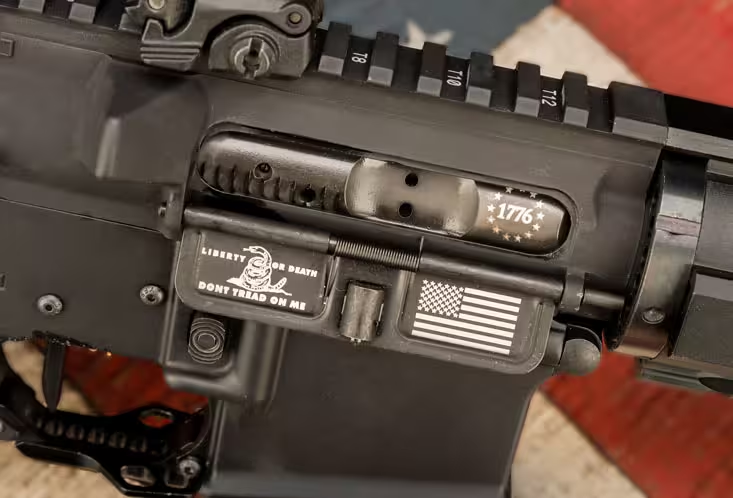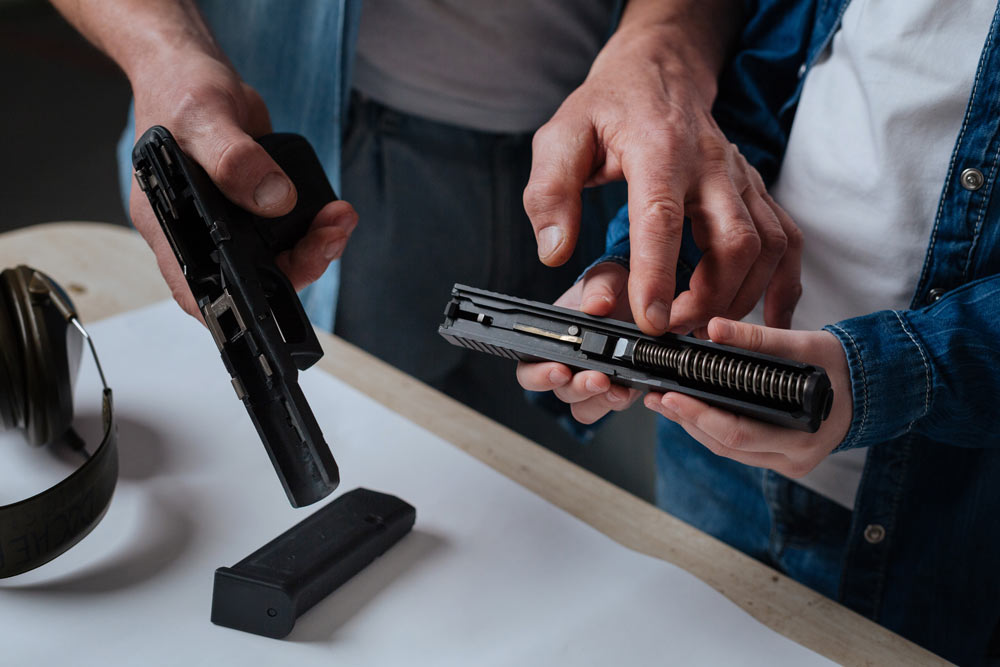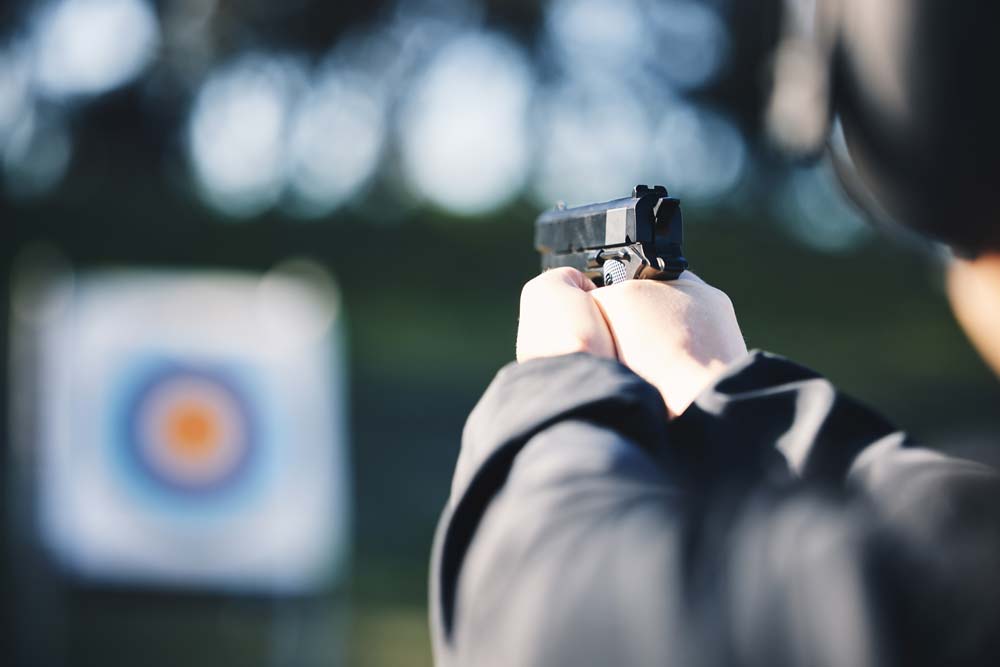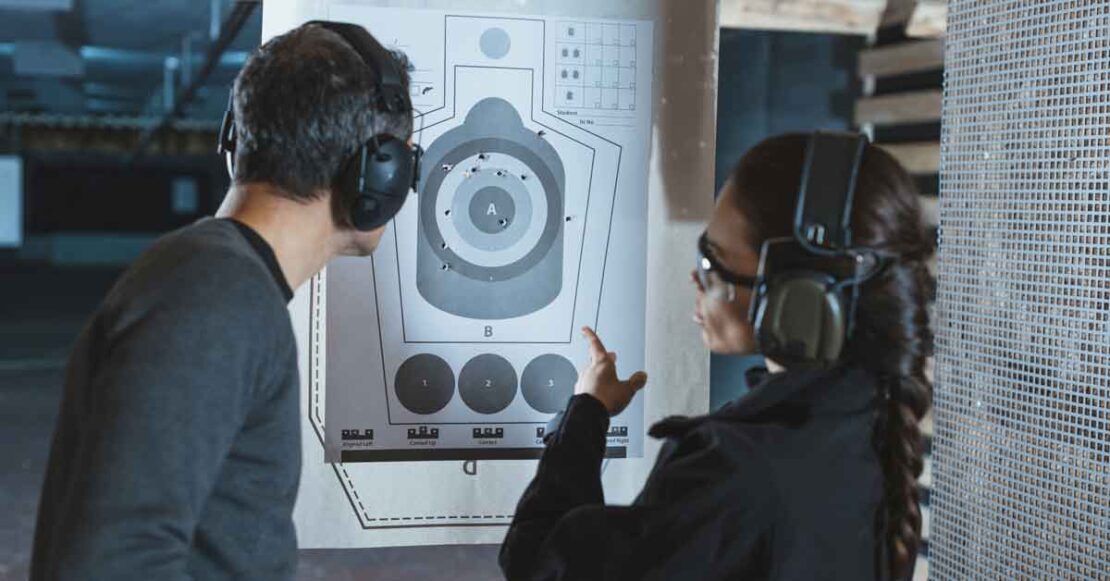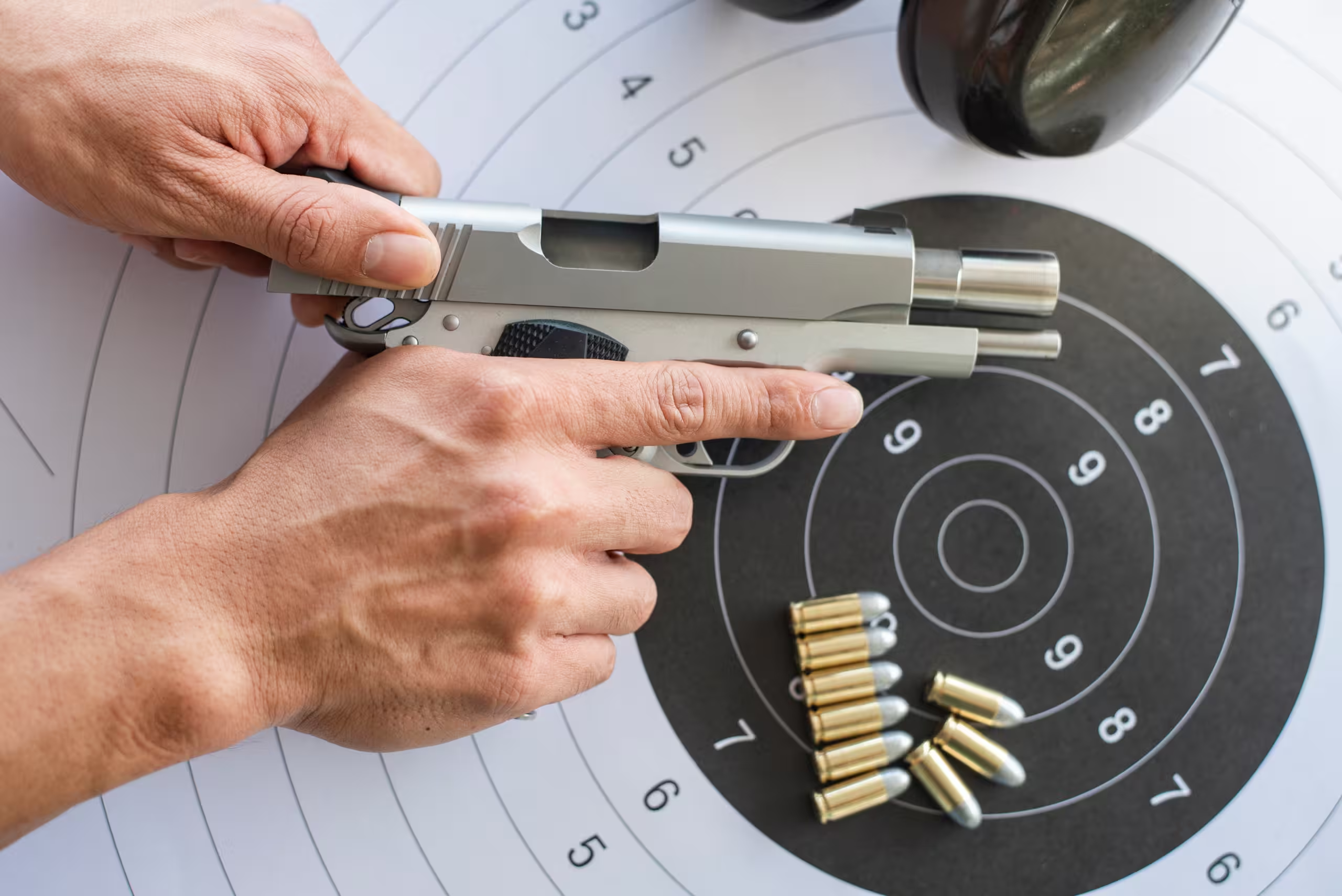
Mastering marksmanship requires more than just trigger time. Whether you’re a competitive shooter or focusing on personal defense, understanding the intricate relationship between mind and body is crucial for developing reliable shooting skills. This comprehensive Shooting Range Training guide will help you optimize your range sessions and build a solid foundation for continued improvement.

Understanding the Brain-Body Connection
Neural Pathway Development
The foundation of exceptional marksmanship lies in how your brain processes and executes shooting fundamentals. Every repetition at the range strengthens neural pathways that determine your performance under various conditions. To optimize your brain training:
- Deliberate Practice: Focus on precise movements, even at slower speeds. Quality repetitions build stronger neural connections than rushed, sloppy practice.
- Quality Over Speed: Build fundamental accuracy before increasing pace. Speed will naturally develop as your brain optimizes movement patterns.
- Consistent Form: Maintain proper technique through every repetition to avoid developing bad habits that can be difficult to correct later.
Think of neural pathways like trails in the woods—the more you practice correctly, the stronger and more reliable these pathways become. Poor practice habits create unwanted detours that can surface under stress.
Muscle Memory Formation
Reliable muscle memory is essential for executing fundamental skills during you shooting range training without conscious thought. Key areas to develop include:
- Draw Stroke: Practice smooth, consistent drawing from your preferred carry position
- Reloading Procedures: Build efficiency in tactical and emergency reloads
- Sight Alignment: Develop consistent sight picture acquisition
- Shooting Positions: Master stable shooting stances for various scenarios
Before each range session, perform 10 slow, deliberate draw strokes focusing on perfect form. This primes your muscle memory for quality practice.
Building Your Physical Foundation
A stable platform while shooting during range training starts with physical conditioning. Focus on these key areas:
Core Strength
- Planks and stability exercises improve shooting stance longevity
- Strong core muscles reduce fatigue during extended sessions
- Better recoil management through improved body control
Grip Strength
- Regular hand exercises enhance firearm control
- Focus on both crushing and pinching grip strength
- Include endurance training for extended shooting sessions
Cardiovascular Fitness
- Improved breathing control under stress
- Better recovery between drills
- Enhanced mental clarity during demanding sessions
Shooting Range Training Preparation
Maximize the value of professional instruction through proper preparation:
Before Training
- Review fundamental concepts
- Practice basic movements dry
- Prepare questions for the instructor
- Ensure all equipment is in working order
During Training
- Take detailed notes
- Video record demonstrations when permitted
- Ask for clarification on complex concepts
- Focus on understanding principles, not just techniques
After Training
- Review notes within 24 hours
- Practice new skills dry before live fire
- Develop a plan to incorporate new techniques
- Schedule follow-up training as needed
Essential Shooting Range Training Equipment Guide
Quality gear supports effective training. Prioritize these items:
Primary Equipment
- Reliable firearm appropriate for your goals
- High-quality holster system
- Sufficient magazines or speed loaders
- Eye and ear protection
Training Aids
- Shot timer for objective feedback
- Target systems for various drills
- Competition-grade belt setup
- Medical kit for emergencies
Maintenance Supplies
- Cleaning kit
- Spare parts kit
- Lubricants
- Tools for basic repairs
Shooting Range Training Skill Development Timeline
Beginner Phase (0-6 months)
- Focus on safety and fundamental movements
- Build consistent accuracy at close range
- Develop proper grip and stance
- Master basic loading and unloading
Intermediate Phase (6-18 months)
- Increase shooting distances
- Add movement to drills
- Introduce time pressure
- Begin position shooting
Advanced Phase (18+ months)
- Complex shooting scenarios
- Stress-induced training
- Competition preparation
- Specialized skill development
Strategic Training Plans
Weekly Structure
- 2-3 range sessions
- 1-2 dry practice sessions
- 1 skills assessment
- 1 rest day minimum
Session Components
- Warm-up drills
- Skill development
- Challenge drills
- Cool-down practice
- Performance documentation
Specialized Training Focus
Personal Defense
- Scenario-based training
- Low-light operations
- Close-quarters techniques
- Force-on-force training
Precision Shooting
- Wind reading skills
- Distance estimation
- Position development
- Environmental factors
Supplementary Conditioning
Mental Training
- Visualization exercises
- Stress management techniques
- Shooting Range Competition Training mindset development
- Performance psychology
Physical Conditioning
- Shooting-specific exercises
- Endurance training
- Flexibility work
- Recovery protocols
Remember: improvement in marksmanship is a journey, not a destination. Regular, focused practice using these principles will lead to consistent progress. Document your training, celebrate improvements, and maintain a growth mindset throughout your development.
Most importantly, always prioritize safety and responsible firearms handling. No training goal is worth compromising these fundamental principles. With dedication and proper guidance, you’ll continue to advance your shooting skills while maintaining the highest standards of firearms safety and professionalism.

